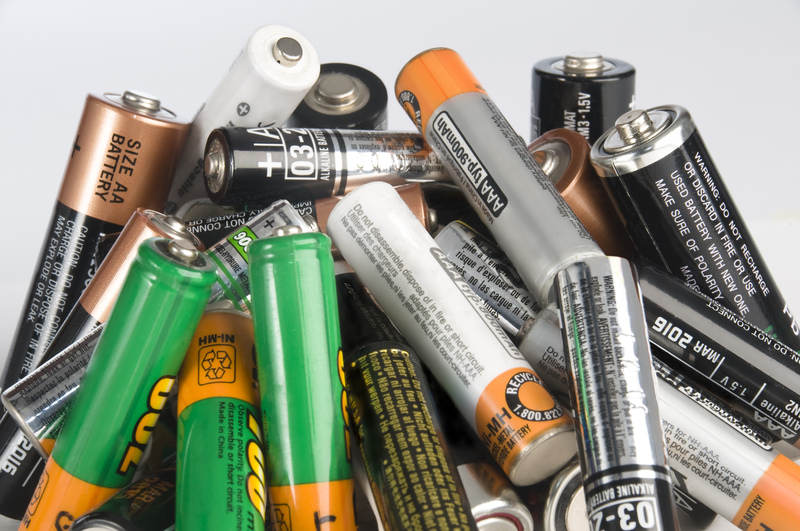Understanding the Challenge: Microplastic Pollution
Microplastic pollution has emerged as a critical environmental issue over the past few decades. Defined as plastic debris smaller than 5mm, microplastics are ubiquitous, contaminating our oceans, rivers, and even the air we breathe. Their pervasive nature and detrimental effects on marine life and human health necessitate strategic solutions to mitigate their impact.

Sources and Impact of Microplastics
Microplastics originate from a multitude of sources, including the breakdown of larger plastic items, consumer products like cosmetics, and synthetic textiles. Once in the environment, they can be ingested by marine organisms, causing physical harm and introducing toxic substances into the food chain. Their small size makes them particularly challenging to remove and their effects difficult to monitor.
The Need for a Multifaceted Approach
Addressing microplastic pollution requires a comprehensive, multifaceted approach that combines scientific innovation, public policy reforms, and behavioral changes. Here are some potential strategies that can be employed to tackle this environmental dilemma.
Innovative Technological Solutions
- Advanced Filtration Systems: Implementing advanced filtration technologies in wastewater treatment plants can capture a significant amount of microplastics before they reach water bodies. These systems can be upgraded to incorporate micro-sieving technologies that specifically target these tiny particles.
- Biodegradable Alternatives: The development and adoption of biodegradable plastics can substantially reduce the introduction of new microplastics into the environment. Research into new materials that can degrade safely without leaving toxic residues is a promising field.
- Plastic-Eating Microbes: Advances in biotechnology have led to the discovery of microbes capable of digesting plastics. Scaling these solutions could greatly reduce existing microplastic pollution.
Policy and Legislative Measures
Governmental Role in Regulation
Governments can play a crucial role through legislative measures aimed at reducing plastic production and improving waste management systems. Here are some key policy directions:
- Ban on Single-Use Plastics: Enforcing regulations that eliminate or limit the use of single-use plastics can prevent their degradation into microplastics.
- Extended Producer Responsibility (EPR): Policies that hold manufacturers accountable for the entire lifecycle of their products encourage the creation of more sustainable products and packaging.
- Microplastic-Specific Legislation: Establishing legal requirements for industries to minimize microplastic emissions, such as in textiles or personal care products, can significantly lower microplastic pollution.
Community Engagement and Educational Initiatives
Community engagement and public education are essential to raising awareness and prompting changes in consumer behavior, which can indirectly influence market trends and policy decisions.
- Public Awareness Campaigns: Educating the public on the sources and consequences of microplastic pollution can empower consumers to make informed choices, such as opting for products with minimal plastic packaging.
- Community Clean-Up Drives: Organizing regular clean-up drives can help remove macroplastics from environments before they break down into microplastics, engaging individuals in hands-on conservation efforts.
- School Curricula: Integrating environmental education related to plastic pollution into school curricula can shape future generations' attitudes and behaviors toward plastics.

Global Collaboration for a Common Cause
International Initiatives and Agreements
The global nature of microplastic pollution necessitates collaboration across borders. Organizations and countries should work together to establish agreements that address the issue collectively.
- Global Conventions: Encouraging countries to ratify and adhere to international conventions focused on ocean preservation and sustainable practices is crucial.
- Research Collaborations: Facilitating international research initiatives can advance our understanding of microplastics and lead to the development of innovative solutions.
Conclusion: Towards a Sustainable and Plastic-Free Future
Microplastic pollution poses a formidable challenge but also offers an opportunity to innovate and rethink our relationship with plastics and waste. By adopting a strategic, multi-pronged approach that incorporates technological innovation, legislative reform, community action, and global cooperation, we can mitigate the harmful impacts of microplastics. Together, these efforts can pave the way towards a cleaner, healthier planet free from the pervasive problem of microplastics.